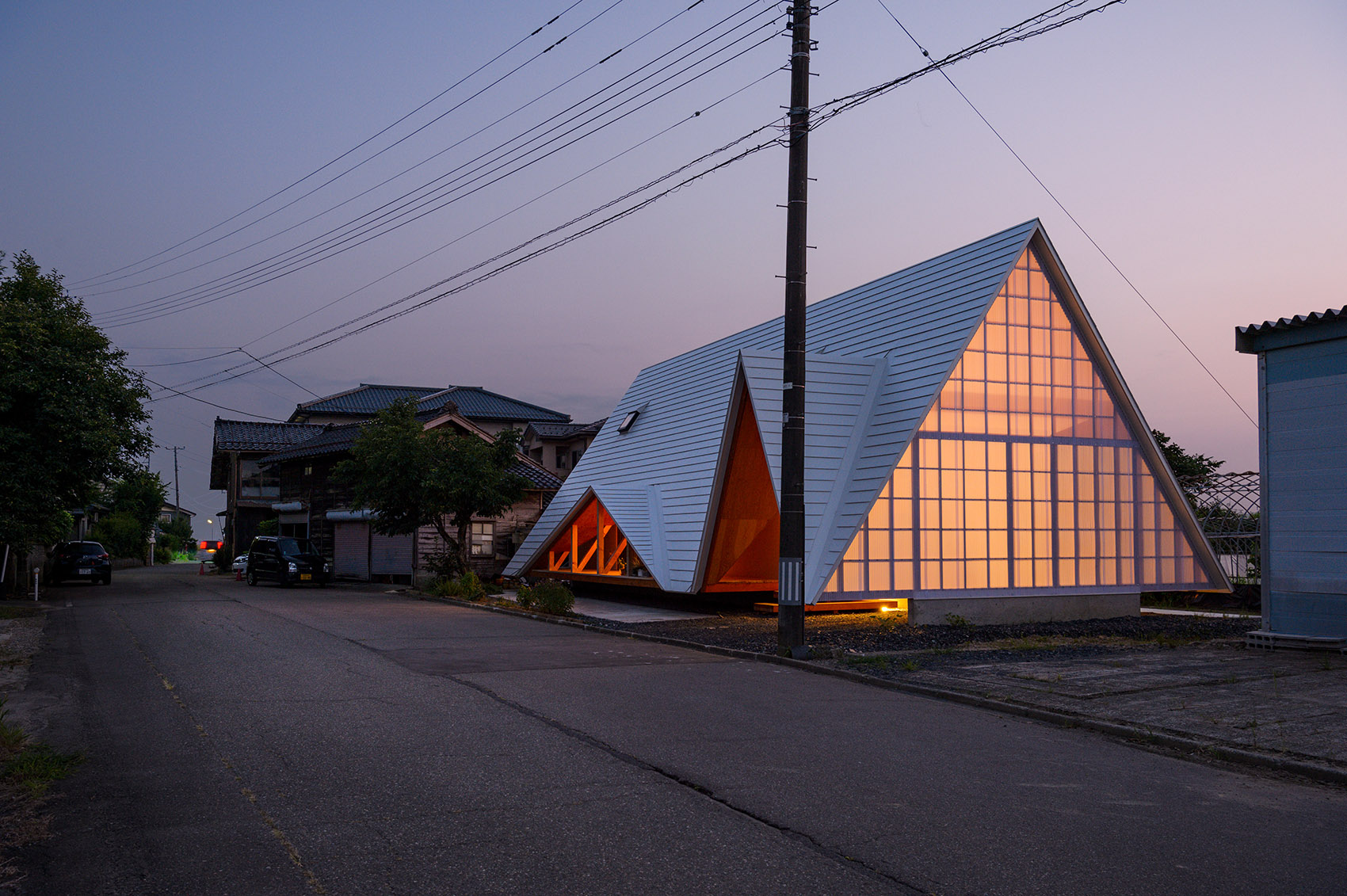项目位于新泻县长冈市的一个农村内,基地上留存着一个独立住宅所需的大部分功能,如父母房间、私人房间和储藏室。因此,设计方向是建造一座能够为现有基址注入活力的建筑,并激发其潜力,使其功能可以适应新的需求或情绪变化。
Hara house is located in an agricultural village in Nagaoka city, Niigata prefecture. Most functions that are required in a fully self-reliant house were already present on-site, such as a parents’ house, storage areas, and private rooms. The design direction was to create a building that revitalizes the structures already present on-site, and which has the potential to adapt to new functions as the need or mood arises.
▼建筑外观,exterior of the house ©Takeru Shoji Architects

▼建筑所在的乡村,the village where the house is located ©Takeru Shoji Architects
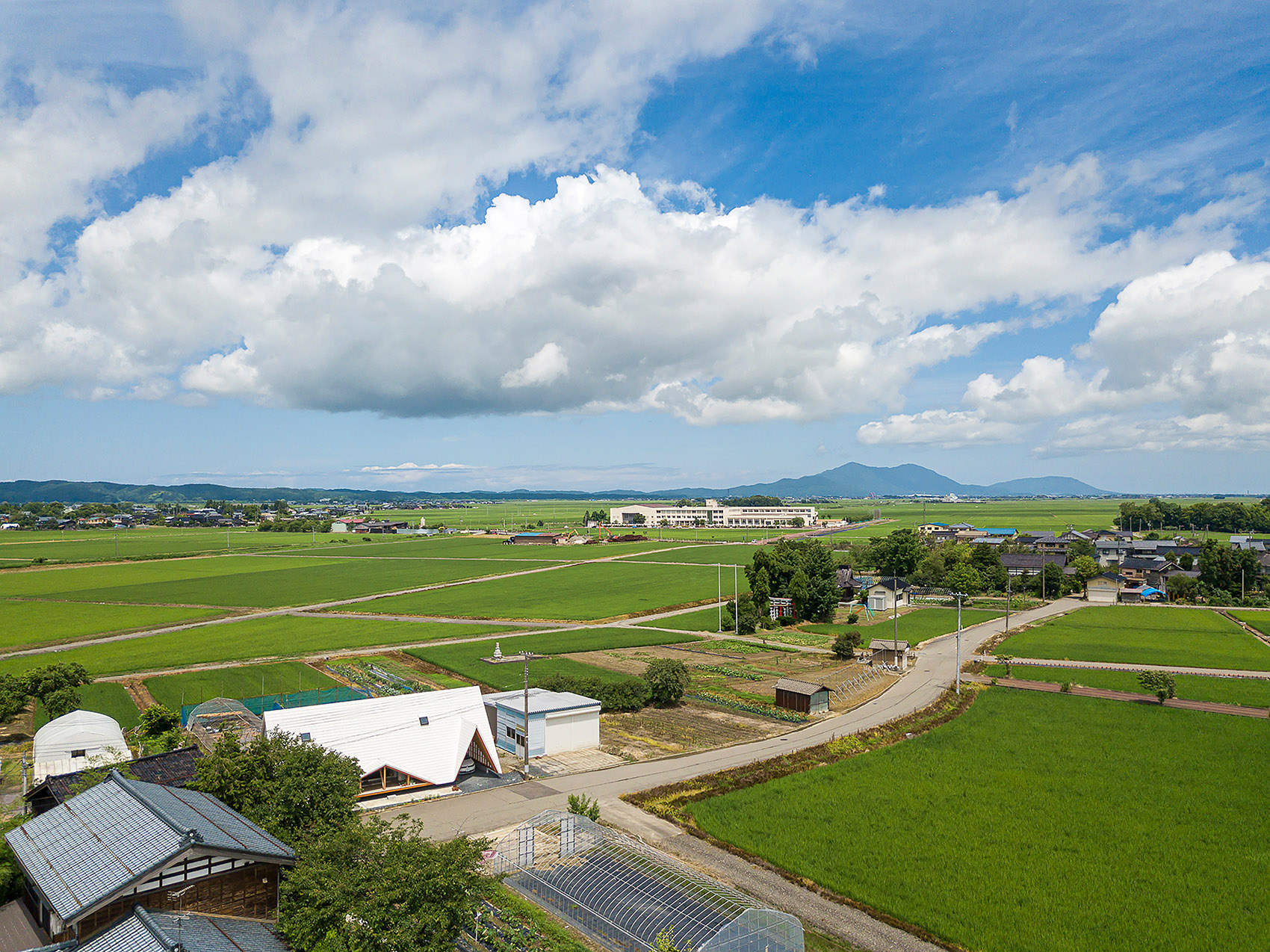
为了回应建筑周边的塑料温室和工作棚,建筑师使用120毫米的方形截面木构件创造了一系列简单的“A字型”桁架形成了一个如同帐篷一般坚实且包容的结构,容纳着各式各样的人类活动。设计师尽可能地移除了储藏室、隔断和私人房间,以创造一个适应住户需求的大型开放空间。在这样的环境下,人们不得不依赖于周围其他建筑,将自己的活动范围延伸出建筑外壳并促进周边既有建筑的使用。这样设计的目的是创造一种生活方式,这种生活方式绝不会局限于一个结构内,而是作为更大的建筑群的一部分,创造出从属于一组建筑的房屋。
▼房屋入口,entrance of the house ©Takeru Shoji Architects
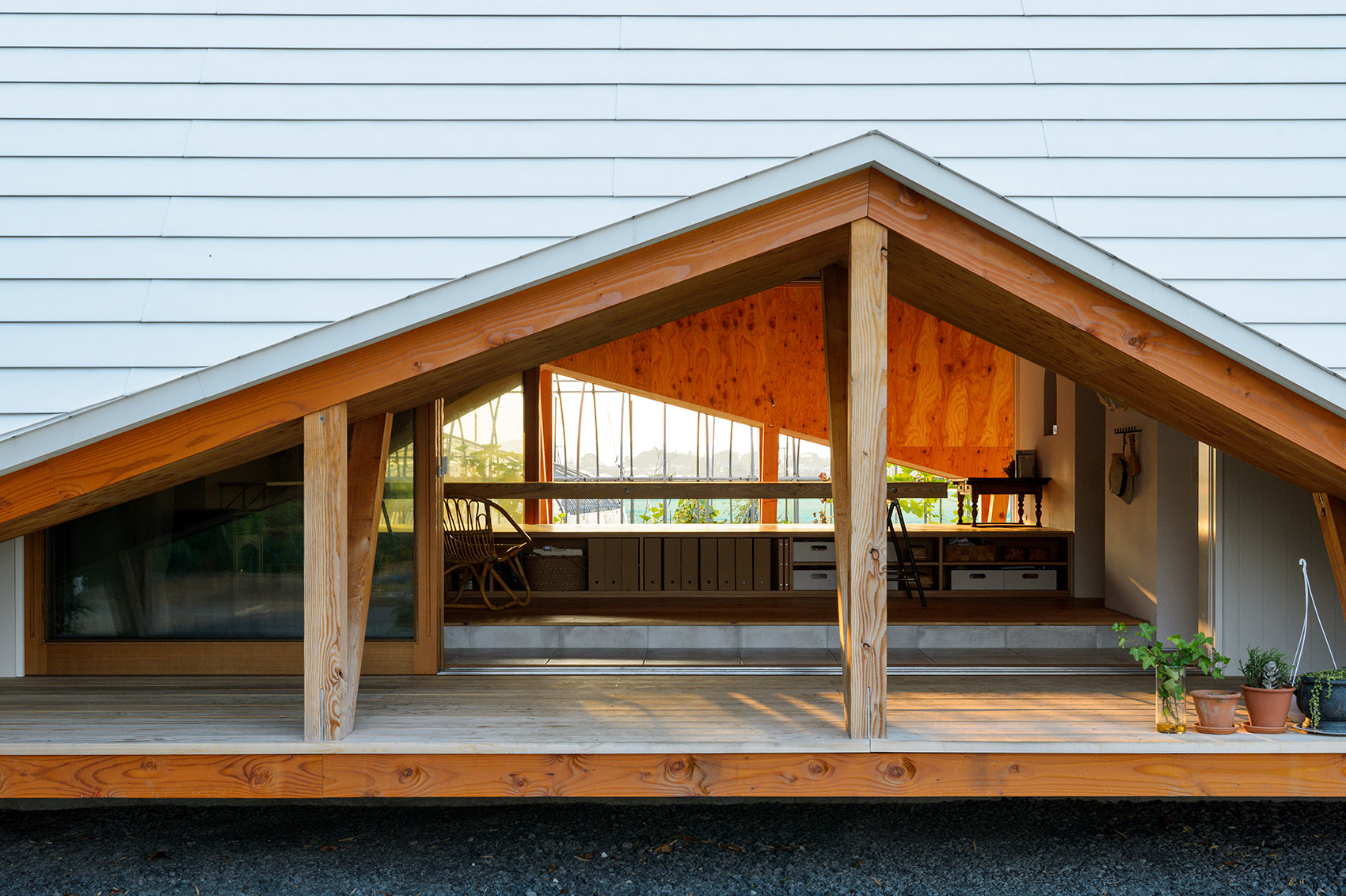
▼由建筑入口向外看,a view from the entrance towards outside ©Takeru Shoji Architects
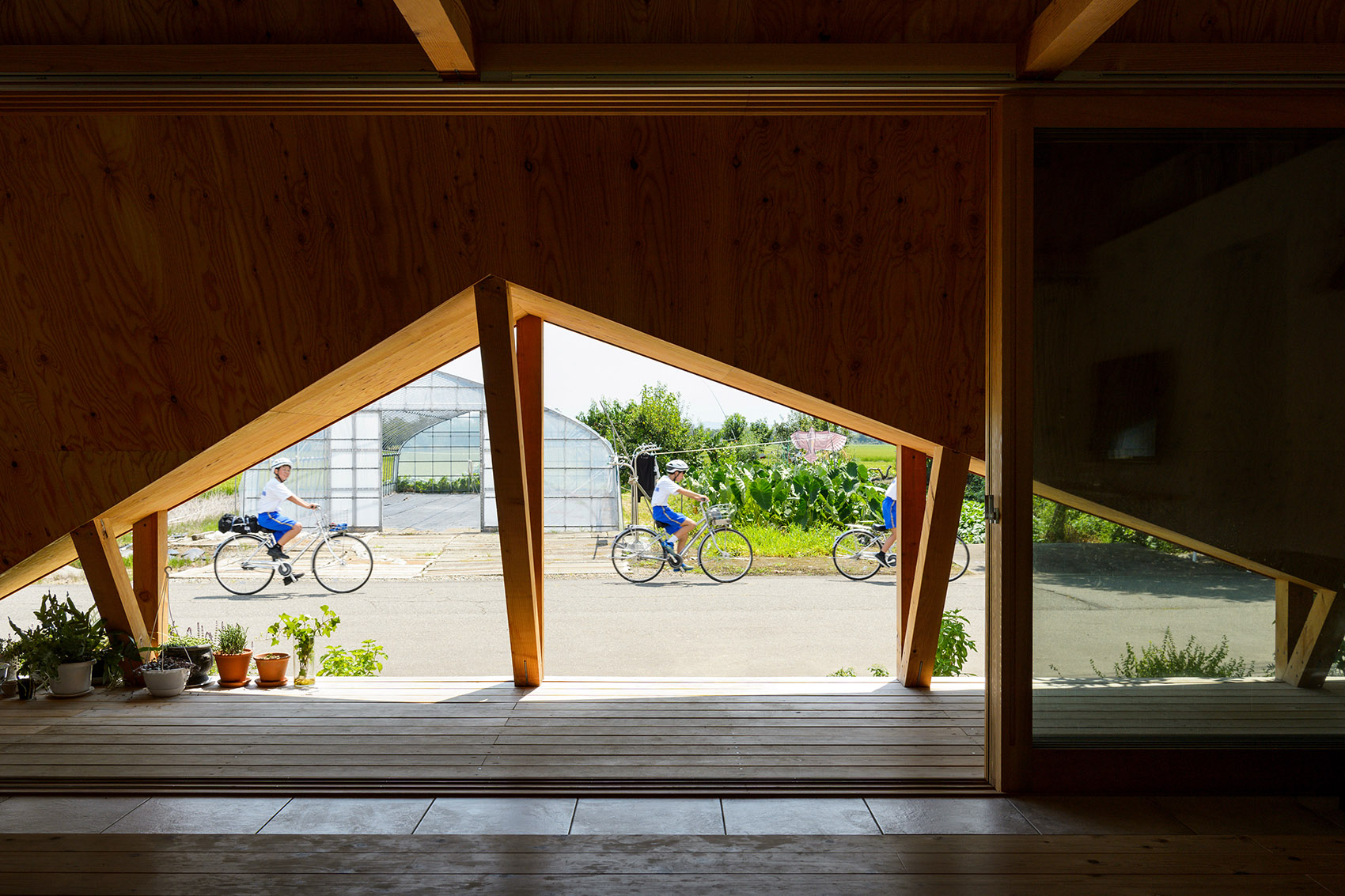
The building emulates its surroundings, comprised of many vinyl greenhouses and work sheds, and uses 120mm, square timber members, to create a simple series of ‘A frame’ trusses. That structure creates an image of a large tent; a stiff, yet giving structure that assimilates all human behaviors. Storage, partitions, and private rooms have been removed as much as possible in order to simulate one large open space that adapts to the user’s needs. In that environment, one cannot help but rely on the support of the other buildings around it, thus jutting out of the building envelope and promoting the use of the existing architecture. The aim was to create a way of life that is never complete within just this one structure, but rather forms a piece of the greater architecture; a house that is part of a group of buildings.
▼住宅门厅,foyer of the house ©Takeru Shoji Architects
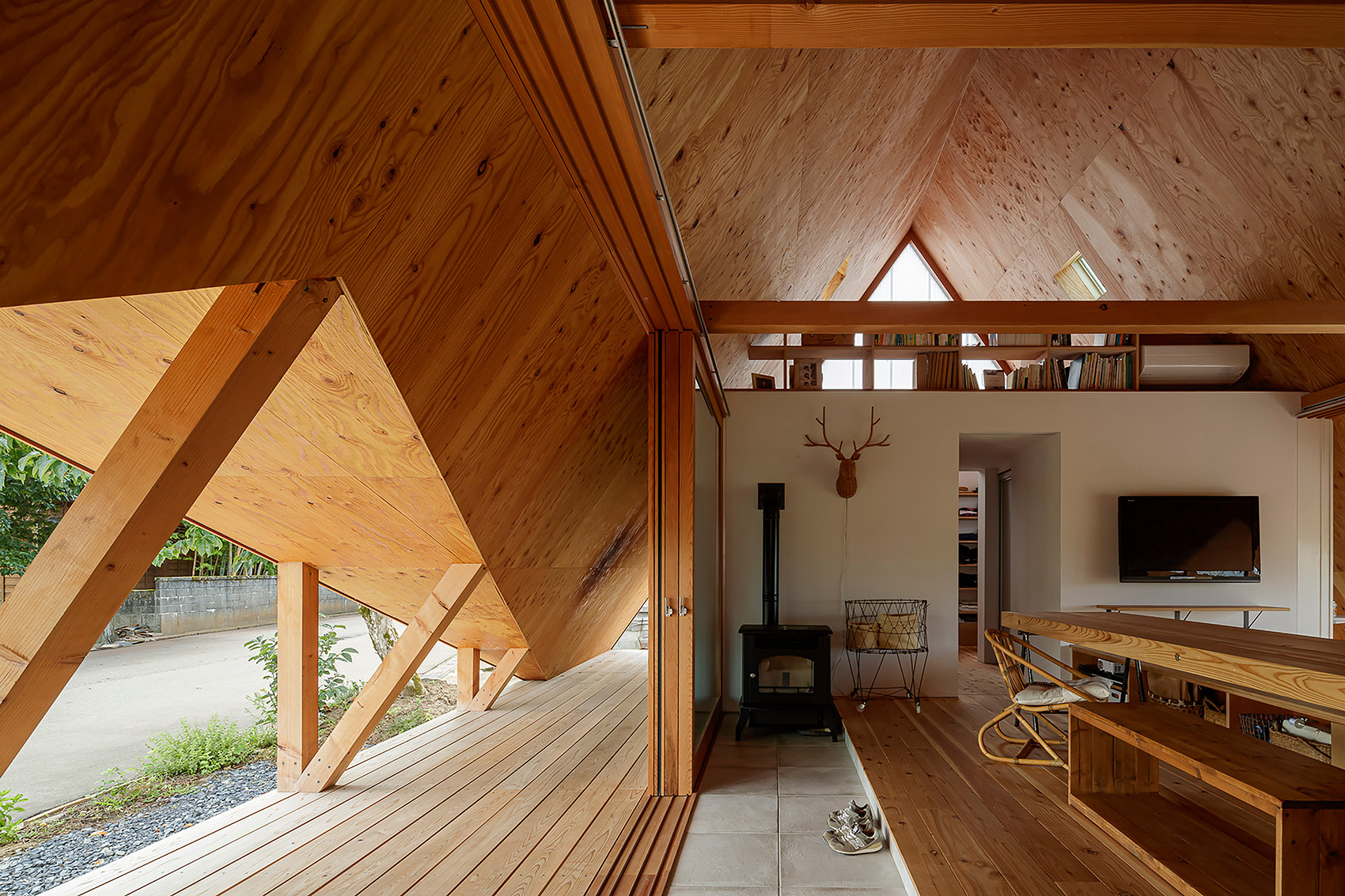
▼宽敞的开放空间,large open space ©Takeru Shoji Architects
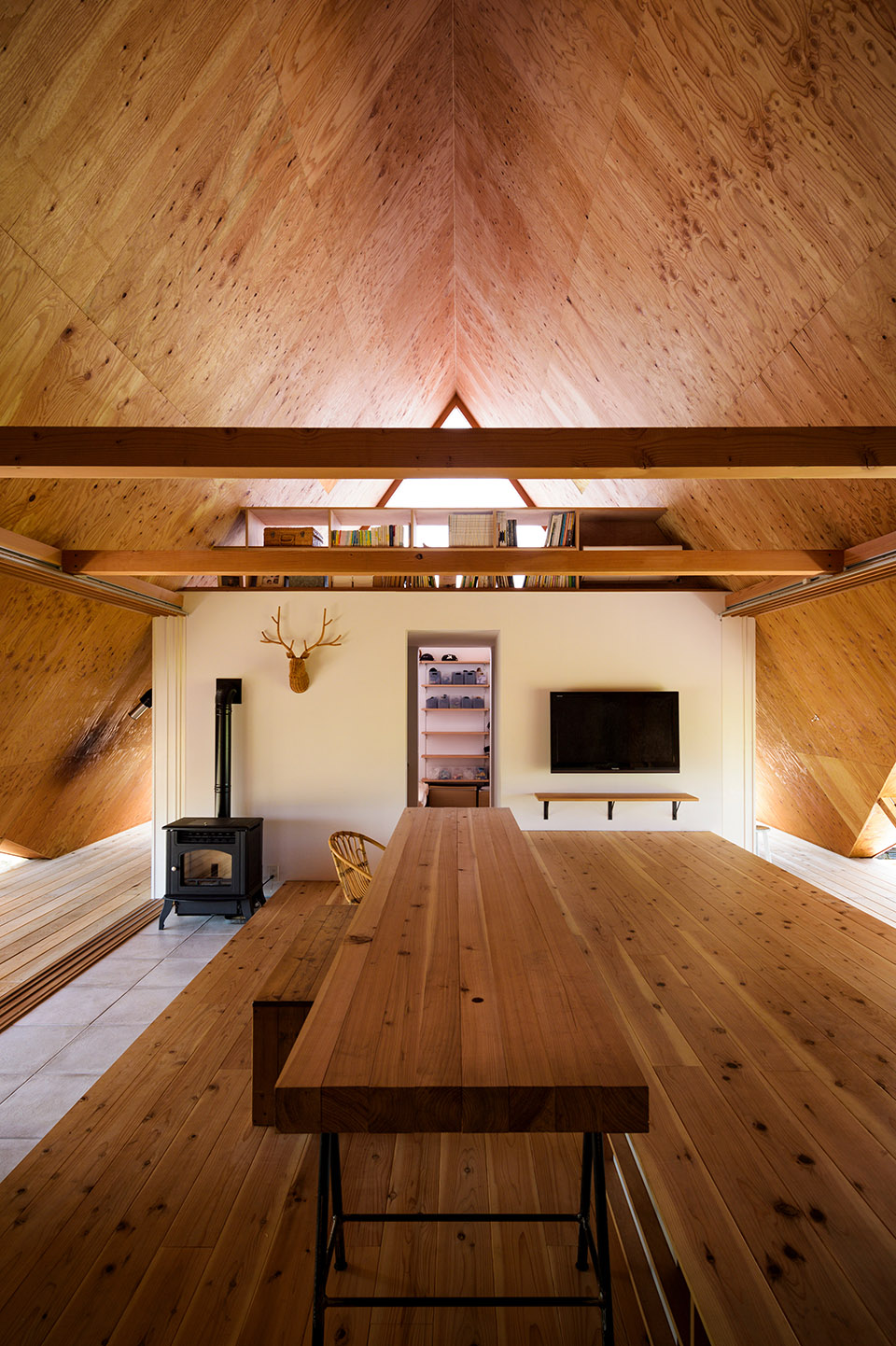
▼开放式餐厅与客厅相连,open dining room connected with living room ©Takeru Shoji Architects

▼俯视室内空间,looking down on the interior space ©Takeru Shoji Architects

因此,Hara住宅作为一个简单的“桁架组合”,旨在通过成为村庄建筑集群形式的一部分来连接所有建筑实体。它加强了既有联系,同时与周围的建筑和社区建立了新的联系。Hara住宅是一个“小房子”的提案,它展示了一种新的“村庄管理系统”,一种振兴曾经紧密连接的村庄的方法。
Thus, Hara house, as a simple ‘series of truss frames’, aims to connect all of these entities by being part of the collective form of the village. It reinforces old connections while creating new connections with its surrounding buildings and community. Hara house is a proposal of a ‘small house’ that shows a new ‘management system of a village’; a way to revitalize villages that were formerly a collection of strong interconnections.
▼带有储物空间的休息平台,resting platform with storage space ©Takeru Shoji Architects

▼加强室内外连接的出入口, entrance that enhance the connections of indoor and outdoor ©Takeru Shoji Architects
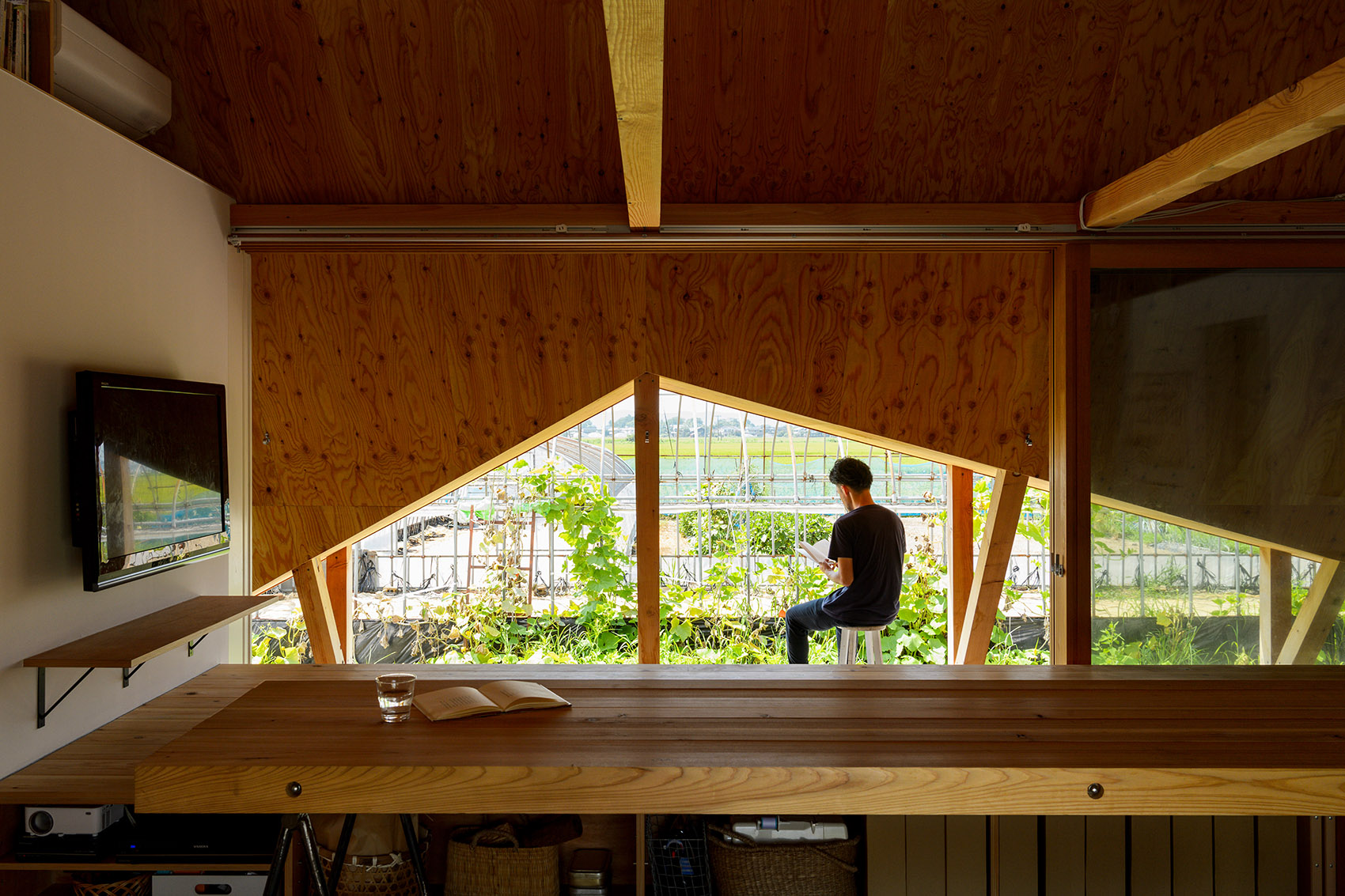
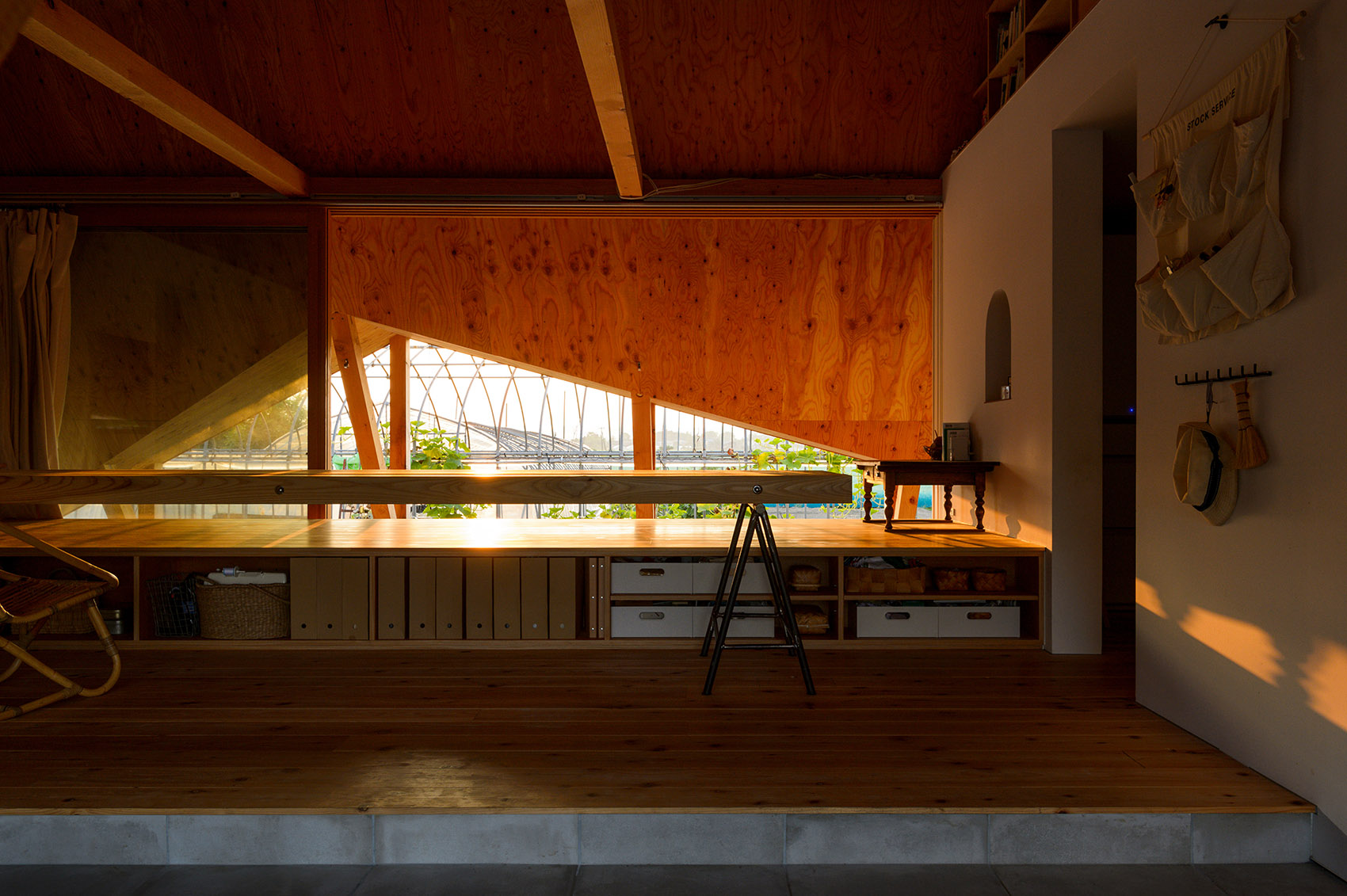
▼木制天花近景,close shot of the wooden ceiling ©Takeru Shoji Architects
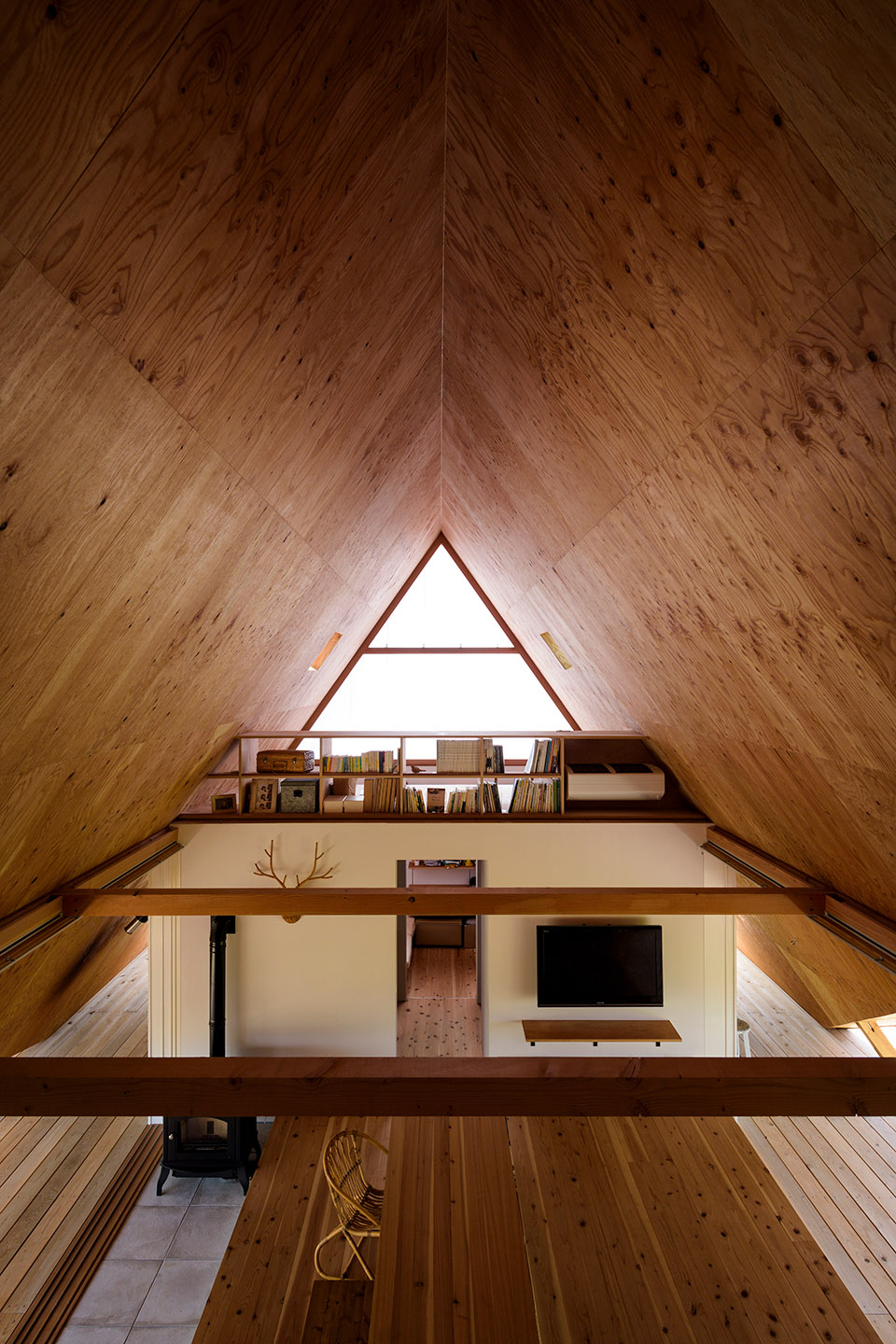
▼“A字型”桁架近景,close shot of the ‘A frame’ trusses ©Takeru Shoji Architects

▼建筑外观夜景,night view of the building exterior ©Takeru Shoji Architects
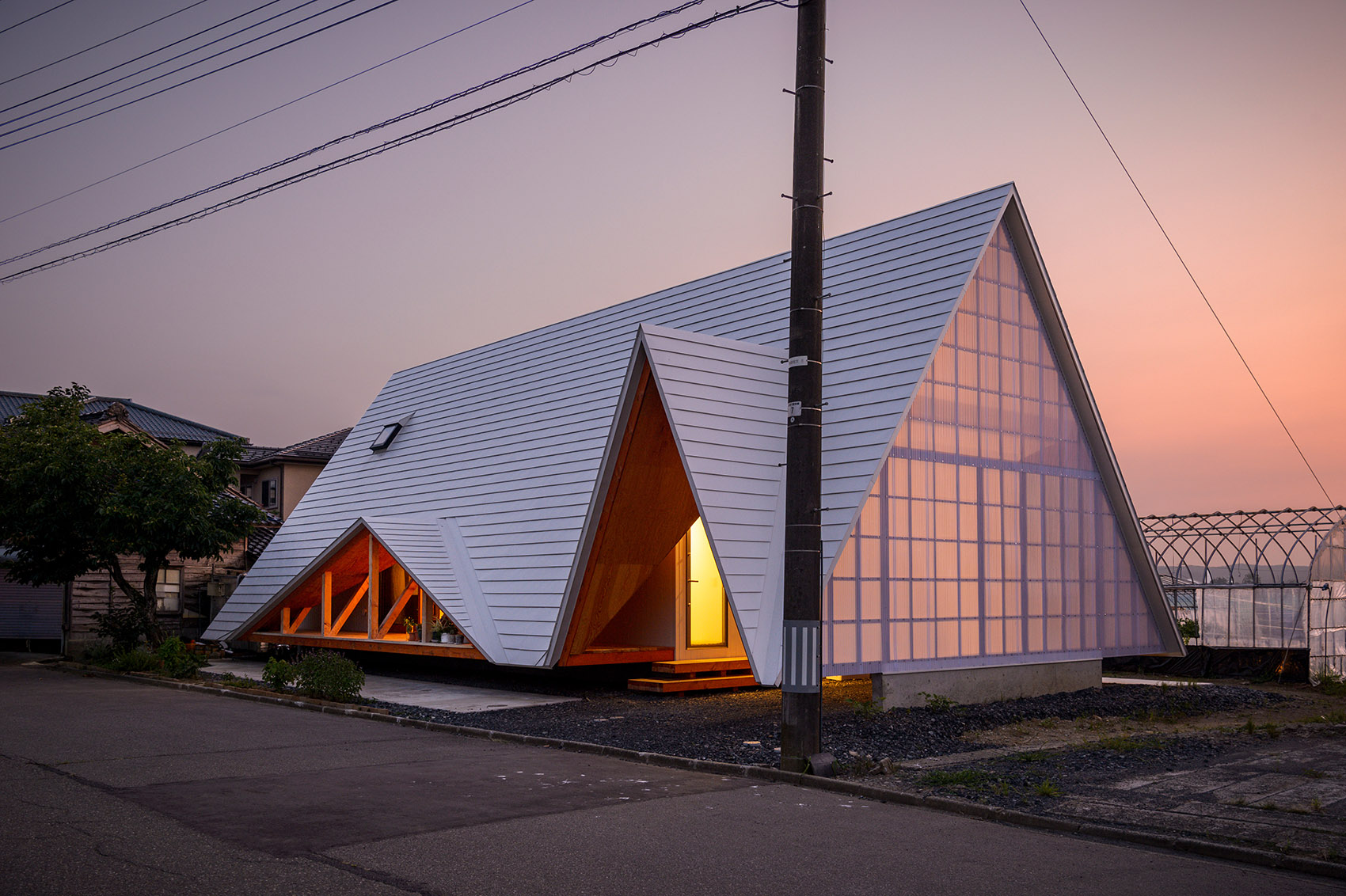

▼平面图,plan ©Takeru Shoji Architects
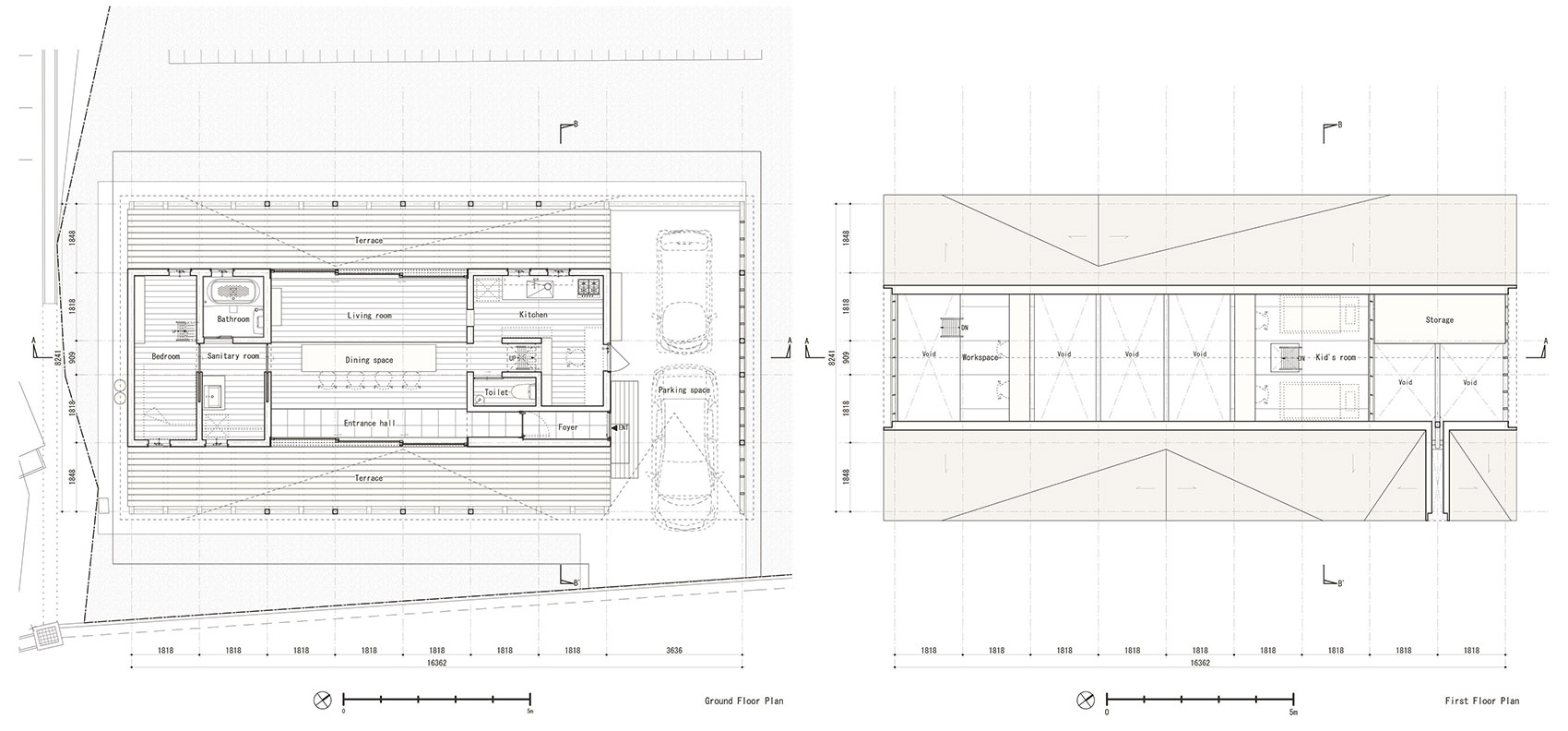
▼立面图,elevation ©Takeru Shoji Architects

▼剖面图,section ©Takeru Shoji Architects
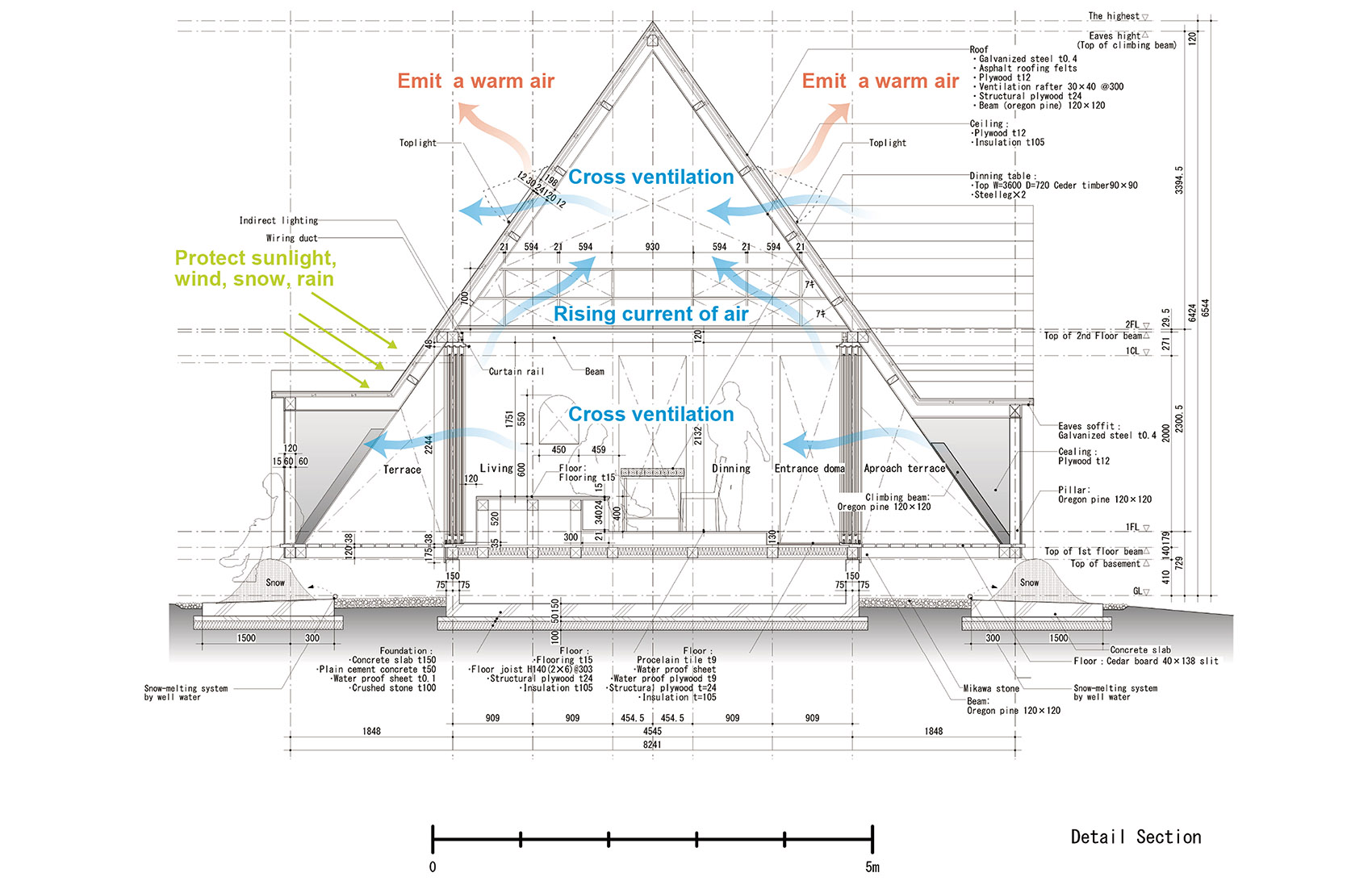
▼项目更多图片
